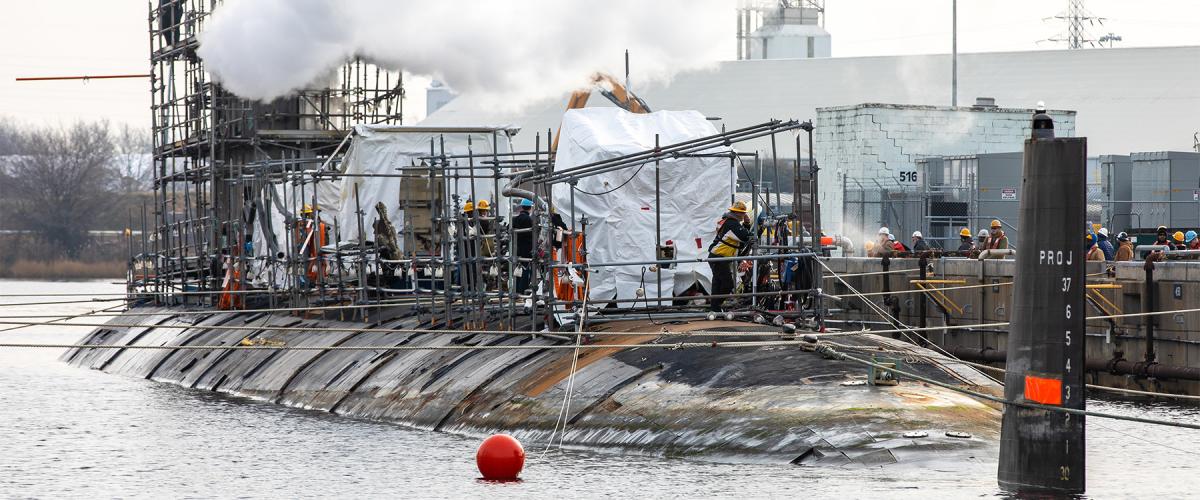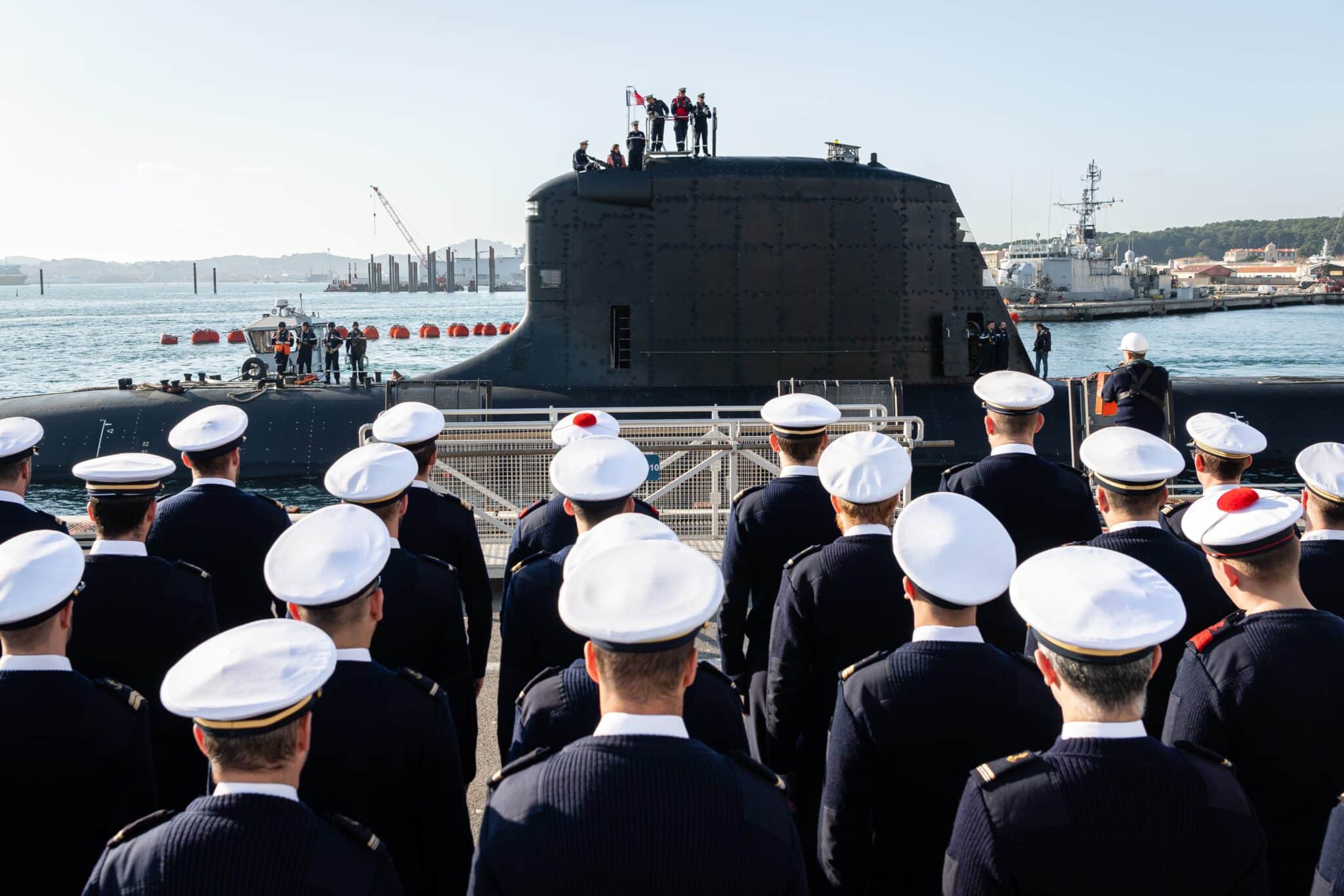I don't disagree with you OldTex. I know it takes 3-4 years to develop a marine technician to be able to run an engine room, and the best part of a decade for that person to progress to becoming a senior sailor.
Some thoughts on staffing new ships. Resolving this is somewhat critical to any future capability, as many have stated.
Lets assume that any new ship strategy adopts a living within your means methodology. As such new ships need to be substantively crewed by existing personnel (give or take a bit). Lets also optimistically assume that the Navy can reach a point where existing sea based billets can be reliably filled (controversial, I know). I will also add that any new ships will not be available until about 2030, so there is some time to prepare.
There are two crew groups of interest to this assessment, being:
So, the eventual tier 2 strategy becomes less about taking crew from the ANZACs/Hobarts and more about transferring and transforming the Cape, Armadale, Leeuwin and Huon teams. It necessitates taking smaller 20-40 person crews and expanding them to be 80-100 person crews. This is not a simple task.
There are some restrictions with this, namely there is only enough people in this group for a limited number tier 2 vessels (6-10, not 15-20), and there are some specific skill sets that are not predominantly within this community (electronic technicians, warfare operators and engineers come to mind).
It would also indicate that there will be insufficient platforms to cover all responsibilities currently conducted (low end constabulary, mine hunting and hydro), and the new tier 2 expectations (high end constabulary, low end warfighting) concurrently. Some choices on function will need to be made, in particular some things need to be given up.
So, a reasonable conclusion from this is that we could have a sustainable warfighting tier 1 and 2 fleet of between 18-25 vessels with minimal additional people, on the basis that:
Some thoughts on staffing new ships. Resolving this is somewhat critical to any future capability, as many have stated.
Lets assume that any new ship strategy adopts a living within your means methodology. As such new ships need to be substantively crewed by existing personnel (give or take a bit). Lets also optimistically assume that the Navy can reach a point where existing sea based billets can be reliably filled (controversial, I know). I will also add that any new ships will not be available until about 2030, so there is some time to prepare.
There are two crew groups of interest to this assessment, being:
- the major fleet units (ANZAC/Hobart), being in the order of 1,800 positions at sea.
- the minor war vessels (patrol boats, hydros and mine hunters), being in the order of 600 positions at sea.
So, the eventual tier 2 strategy becomes less about taking crew from the ANZACs/Hobarts and more about transferring and transforming the Cape, Armadale, Leeuwin and Huon teams. It necessitates taking smaller 20-40 person crews and expanding them to be 80-100 person crews. This is not a simple task.
There are some restrictions with this, namely there is only enough people in this group for a limited number tier 2 vessels (6-10, not 15-20), and there are some specific skill sets that are not predominantly within this community (electronic technicians, warfare operators and engineers come to mind).
It would also indicate that there will be insufficient platforms to cover all responsibilities currently conducted (low end constabulary, mine hunting and hydro), and the new tier 2 expectations (high end constabulary, low end warfighting) concurrently. Some choices on function will need to be made, in particular some things need to be given up.
So, a reasonable conclusion from this is that we could have a sustainable warfighting tier 1 and 2 fleet of between 18-25 vessels with minimal additional people, on the basis that:
- the full coastal patrol function could be consolidated within Border Force (all Capes and Arafuras), releasing crew for tier 2 duties. It creates a resourcing shortfall for Border Force, but perhaps this is an easier problem to resolve.
- the hydro function could be contracted out to a civilian organisation, releasing further crew for tier 2 duties. It's not unreasonable that say TKMS could take on this role with their own ships and people.
- crew size becomes a priority over capability when selecting the tier 2 platform (the lower the better)
- the tier 2 propulsion, weapons and sensor fit needs to be relatively simple, aligning with a smaller, more junior crew. This further limits the capability of the platform.
Last edited:



